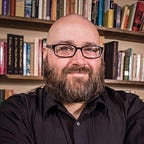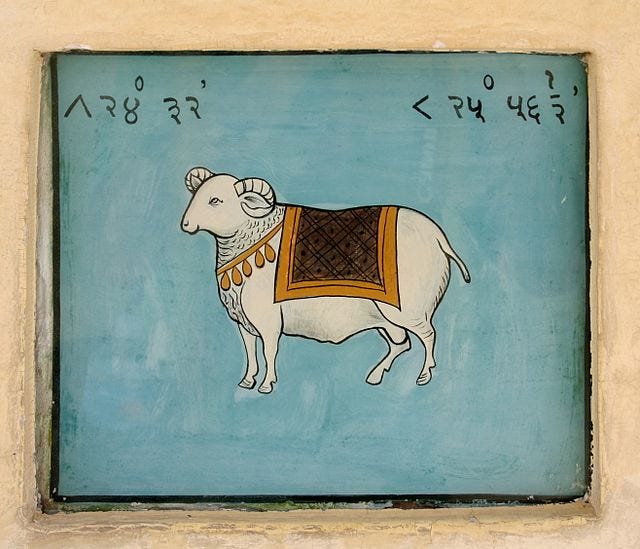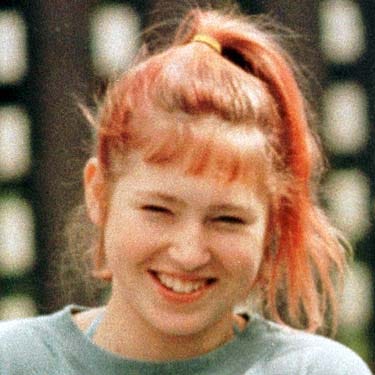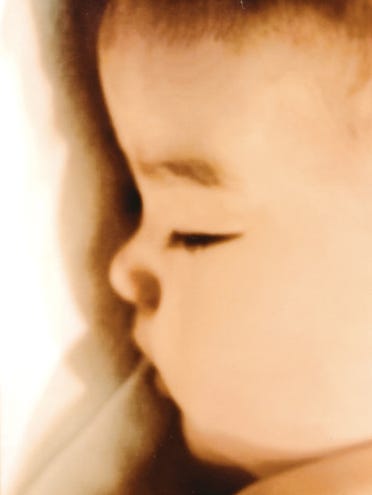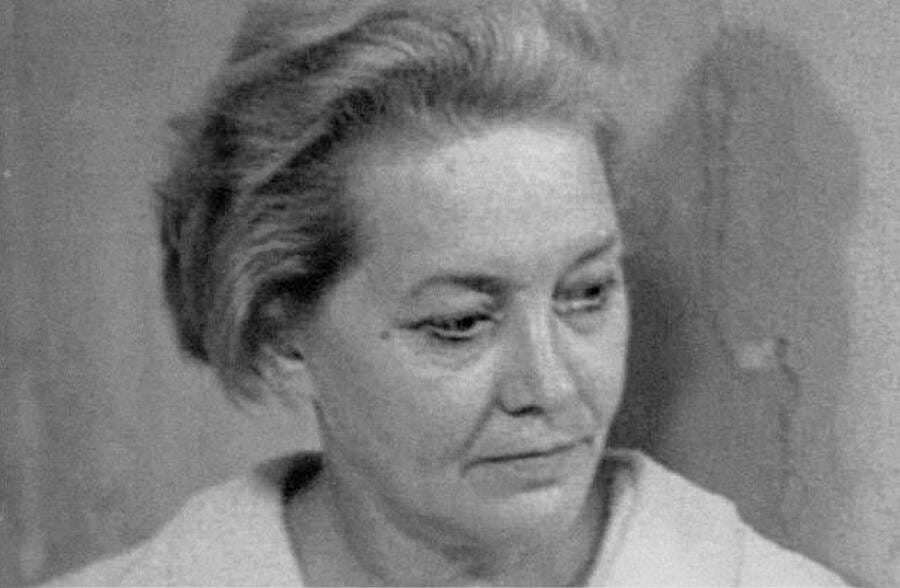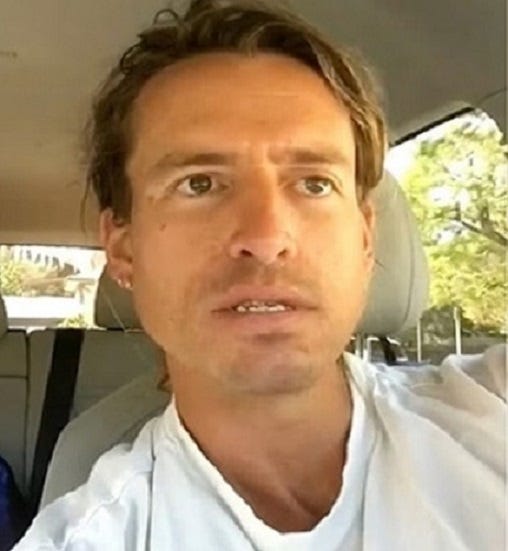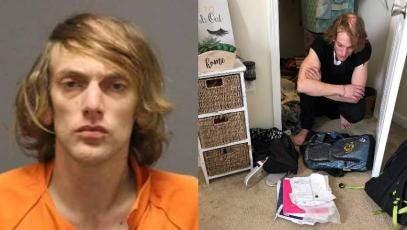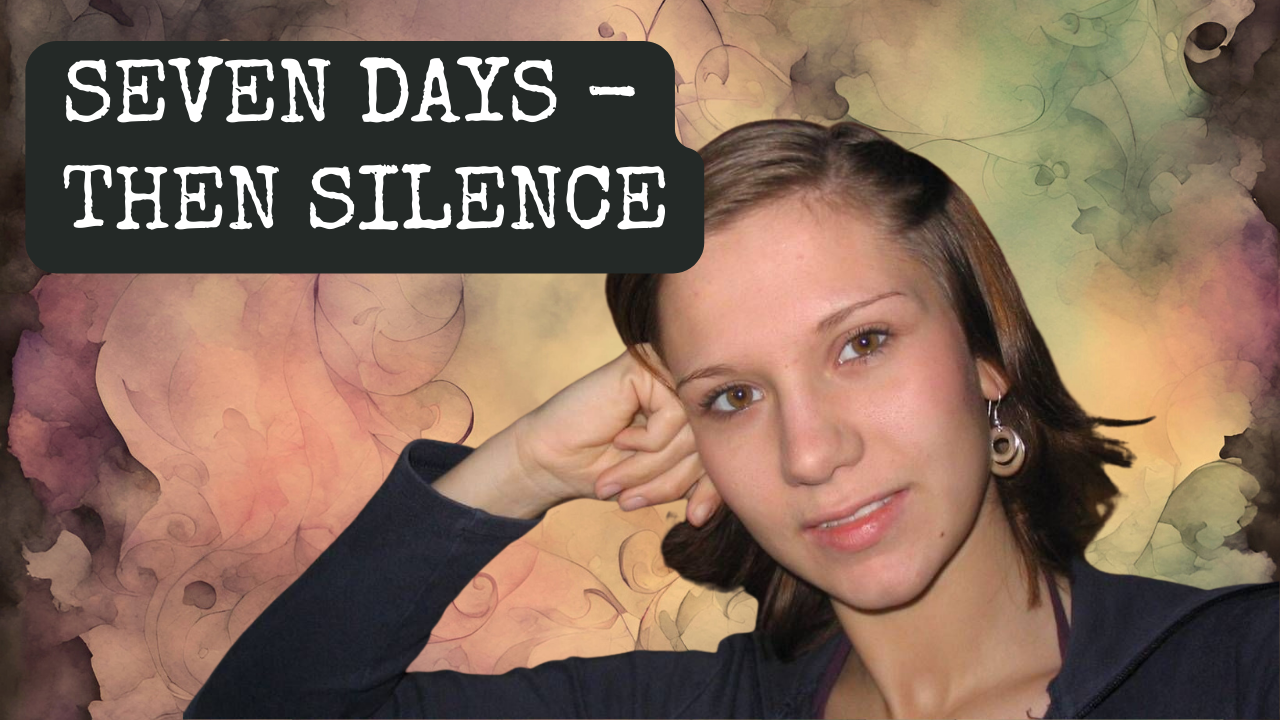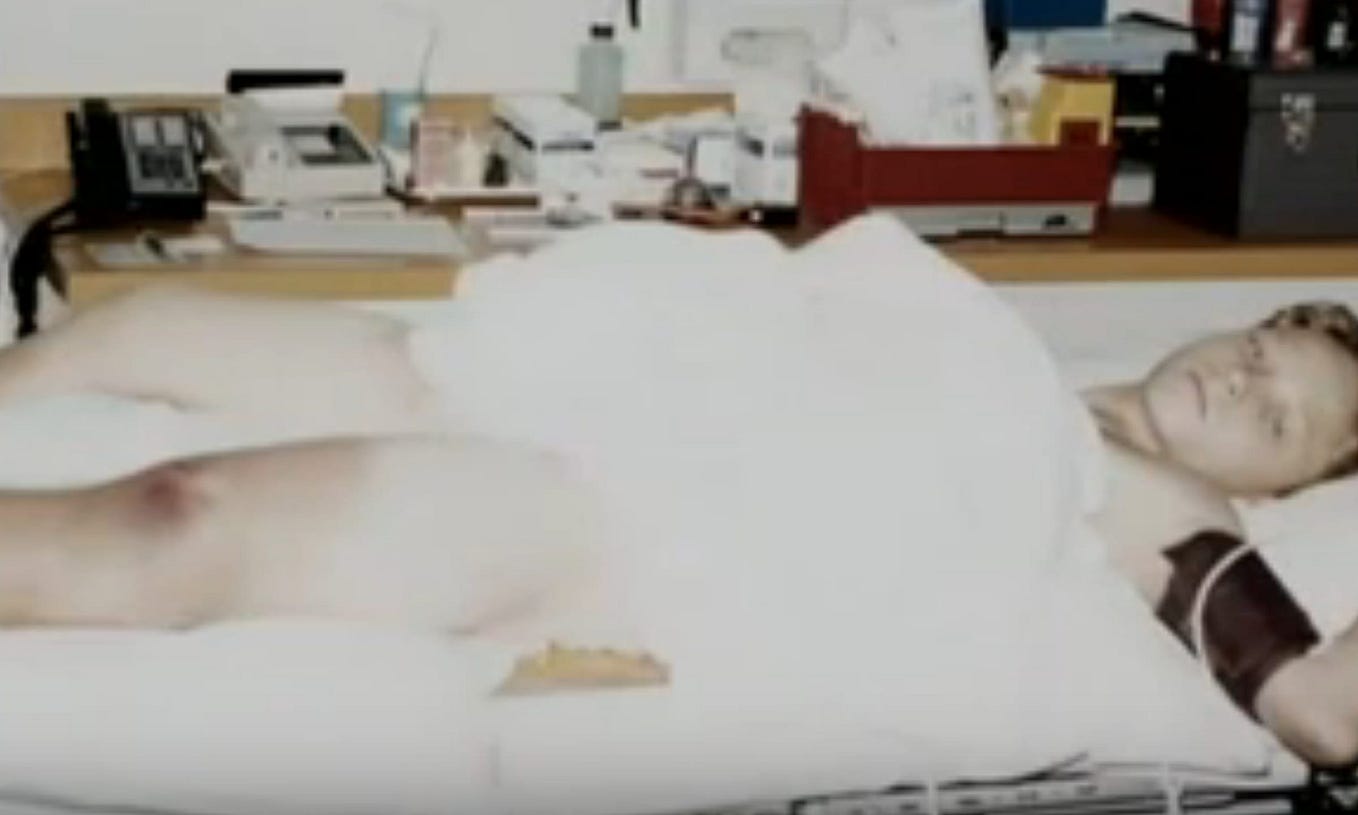This Was the First Manson Family Killer to Get Paroled
Steven “Clem” Grogan was released nearly 30 years ago after serving time for murder
The murders in the Hollywood Hills in the summer of 1969 sent shockwaves throughout southern California that still chill the bones of those who remember them.
Seven murders were carried out on the nights of August 9–10, masterminded by a figure that continues to be infamously intertwined in pop culture more than 50 years later.
Charles Manson’s hold on his “family” of followers later led to the infamous Tate-LaBianca killings, as well as the murders of at least two other people that summer.
Family Trials
After well-publicized trials, Manson, along with killers Patricia Krenwinkel, Susan Atkins, Leslie Van Houten, and Charles “Tex” Watson, were all given the death sentence.
A Supreme Court ruling in 1972 outlawed this punishment, commuting their sentences to life with the possibility of parole. To date, the only one convicted in the Tate-LaBianca murders to be paroled has been Van Houten, who was released over the summer (per NBC News).
But Van Houten wasn’t the only killer under Manson’s command to gain eventual freedom. Almost 30 years ago, killer Steven “Clem” Grogan was paroled after serving 15 years for murdering a man by Manson’s command.
Grogan was at the LaBianca residence
While Grogan didn’t participate in the act of killing anyone in the Tate or LaBianca homes, he was at the scene of the crime for the latter. Grogan was a passenger in the vehicle that dropped off Van Houten, Watson, and Krenwinkel. According to the bestselling book “Helter Skelter,” Grogan and the remaining passengers were to drive to Venice Beach to commit another murder. This slaying was thwarted by the driver of the vehicle, Linda Kasabian, who intentionally drove to the wrong address.
But Grogan soon had blood on his hands. Manson was becoming suspicious of a ranch hand who was employed at the Spahn Movie Ranch, the DeFacto home of Manson and his growing group of followers.
Grogan took part in the murder of a Hollywood stuntman
Donald “Shorty” Shea had worked as a stuntman and bouncer in and around Los Angeles for years. By 1969, Shea found himself working for George Spahn, the owner and namesake of the series of dilapidated movie sets that made up part of the 55-acre property.
Manson had made this his headquarters, much to the chagrin of Shea. The two men didn’t care for each other, and when the Spahn ranch was raided by police on August 16, Manson came to believe that Shea turned them all into the police.
The raid yielded arrests, but not for murder. Manson and his people had been stealing vehicles from L.A. and reparting them. The wrong date was signed on the arrest warrants, resulting in Manson and his crew being released on a technicality.
After Manson’s release had been secured, he ordered Shea’s execution. Grogan, along with Family members Tex Watson and Bruce Davis, drove with Shea on an errand to a nearby car parts yard on the ranch. In the car, Grogan struck Shea on the head with a piece of pipe.
Shea was forced out of the car and beaten and stabbed for hours. Grogan buried the body, and the trio burned his clothing. Though more difficult to bring charges without a body, prosecutors had enough evidence to file charges against two of the three men there that day, along with the ringleader himself.
Grogan was initially sentenced to death
Manson, Davis, and Grogan all stood trial for Shea’s murder, with all three getting the death penalty as punishment. The same court ruling that gave the Tate-LaBianca killers life with the possibility of parole applied to Davis and Manson.
Grogan’s penalty had a different fate, however. Judge James Kolts ruled that Grogan was “too stupid and too hopped up on drugs” to have committed murder under his own volition and gave him life with parole.
Behind bars, Grogan began to cooperate with authorities (via Biography). He eventually made a map so that Shea’s remains could be found, which were discovered in 1977, eight years after his murder. In part because he cooperated in the search for Shea’s body, Grogan was granted parole in December 1985 (per The Los Angeles Times).
You can support my endeavors by keeping me fueled with caffeine and buying me a coffee with this link. Thanks for reading!
